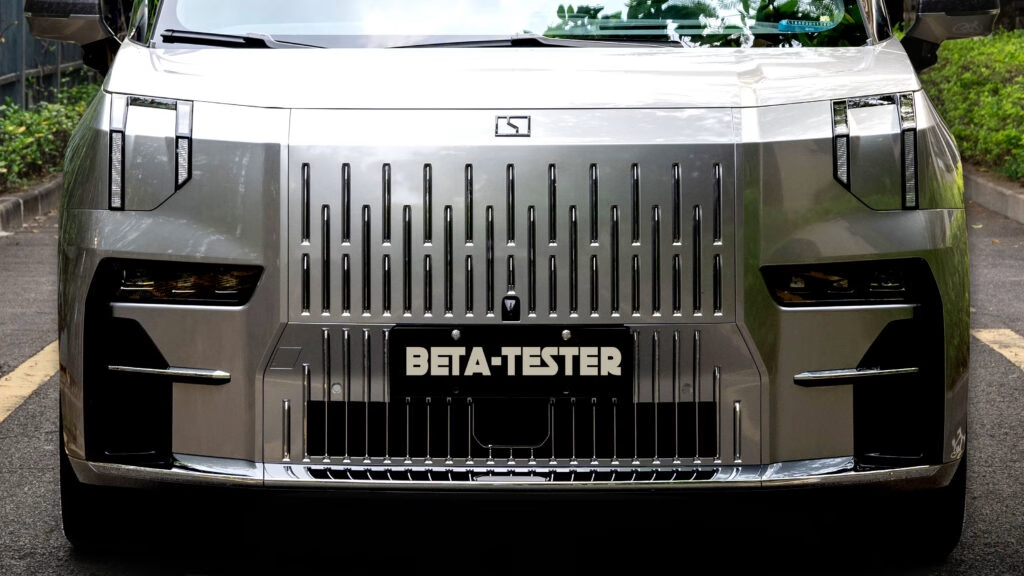Understanding China’s New Regulations on Driver-Assistance Technology
In a significant move to enhance safety and clarity in the automotive industry, China has implemented new regulations that reshape how automakers can advertise and deploy advanced driver-assistance systems (ADAS). This initiative, spearheaded by the Ministry of Industry and Information Technology (MIIT), aims to eliminate ambiguity in the terminology used to describe these technologies, ensuring that consumers are better informed about what they are purchasing.
Clarifying the Language of Driver-Assistance Technology
One of the most notable aspects of the MIIT’s new regulations is the ban on vague terms such as “smart driving,” “autonomous driving,” and “intelligent driving.” These buzzwords have often been used interchangeably by manufacturers, leading to confusion among consumers regarding the actual capabilities of their vehicles. Instead, automakers are now required to use a standardized coding system developed by the Society of Automotive Engineers (SAE), which categorizes driver-assistance technologies into six levels, from Level 0 (no automation) to Level 5 (full automation).
For example, while Tesla’s Full Self-Driving feature is often marketed as a cutting-edge technology, it is classified as Level 2, meaning that it still requires active driver supervision. The clarity provided by this coding system is essential for consumers who want to make informed decisions based on the actual capabilities of their vehicles.
Impact on Advertising and Consumer Awareness
The MIIT’s regulations are not just about terminology; they also mandate that automakers provide clear information about the level of automation their vehicles offer. This approach is designed to educate consumers, many of whom may not be familiar with the SAE levels. By requiring manufacturers to disclose this information, the MIIT hopes to foster a more informed consumer base that can better understand the limitations and responsibilities associated with using driver-assistance technologies.
The regulations also address the issue of remote-summon features, which allow vehicles to navigate without a driver present. This feature has been a point of contention, particularly following incidents involving accidents during its use. The MIIT has banned such functionalities, reflecting a growing concern about the safety implications of allowing vehicles to operate autonomously without direct human oversight.
Ensuring Safety Through Monitoring and Updates
In addition to clarifying advertising language, the MIIT has introduced stringent requirements for driver monitoring systems. Automakers must ensure that these systems cannot be disabled, and vehicles must take corrective actions—such as slowing down or activating hazard lights—if the driver’s hands are not detected on the steering wheel for a specified duration. This measure is crucial in preventing misuse of driver-assistance technologies and ensuring that drivers remain engaged while using these systems.
Furthermore, the MIIT has placed restrictions on over-the-air (OTA) updates and public beta testing of new features. This decision comes in the wake of a tragic accident involving a Xiaomi SU7, where a driver lost control shortly after disengaging from the vehicle’s semi-autonomous system. By limiting the frequency of OTA updates and banning public beta tests, the MIIT aims to prioritize safety over rapid technological advancement, ensuring that new features are thoroughly vetted before being made available to consumers.
Global Implications: Should Other Countries Follow China’s Lead?
As China takes these proactive steps to regulate ADAS technologies, questions arise about whether other countries should adopt similar measures. The automotive landscape is rapidly evolving, with advancements in technology outpacing regulatory frameworks in many regions. While some may argue that stringent regulations could stifle innovation, the potential for increased safety and consumer protection cannot be overlooked.
Countries like the United States and those in Europe may benefit from examining China’s approach, particularly in light of recent accidents involving autonomous vehicles. Establishing clear standards and regulations could help mitigate risks associated with driver-assistance technologies while fostering consumer trust in these systems.
In conclusion, China’s new regulations on driver-assistance technology represent a significant shift towards greater transparency and safety in the automotive industry. By clarifying terminology, enforcing monitoring requirements, and restricting certain features, the MIIT is taking a proactive stance to ensure that consumers are well-informed and protected. As the global automotive landscape continues to evolve, the lessons learned from China’s approach may serve as a valuable guide for other nations grappling with the complexities of autonomous driving technology.

